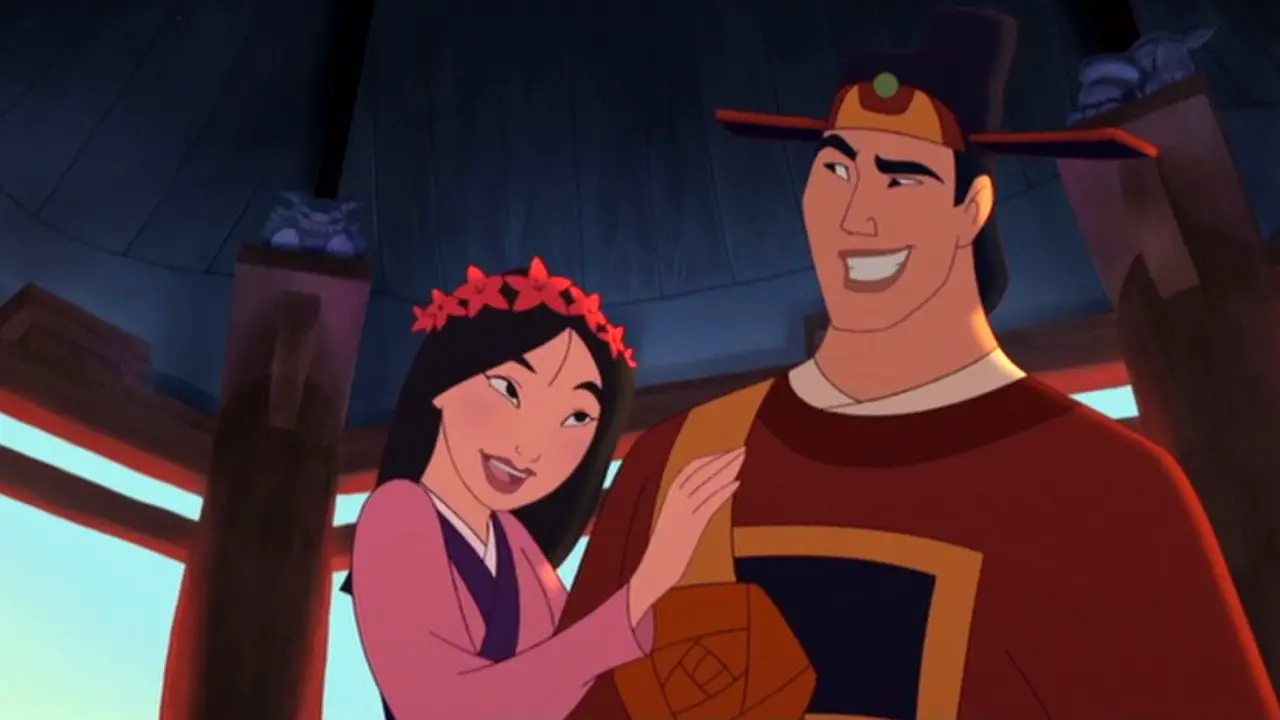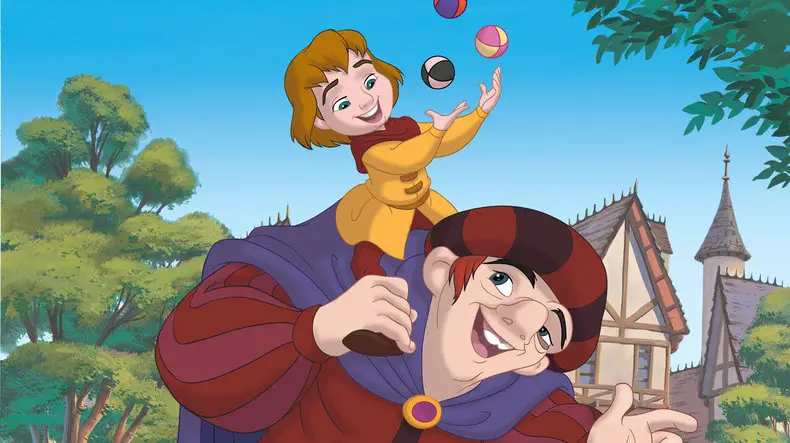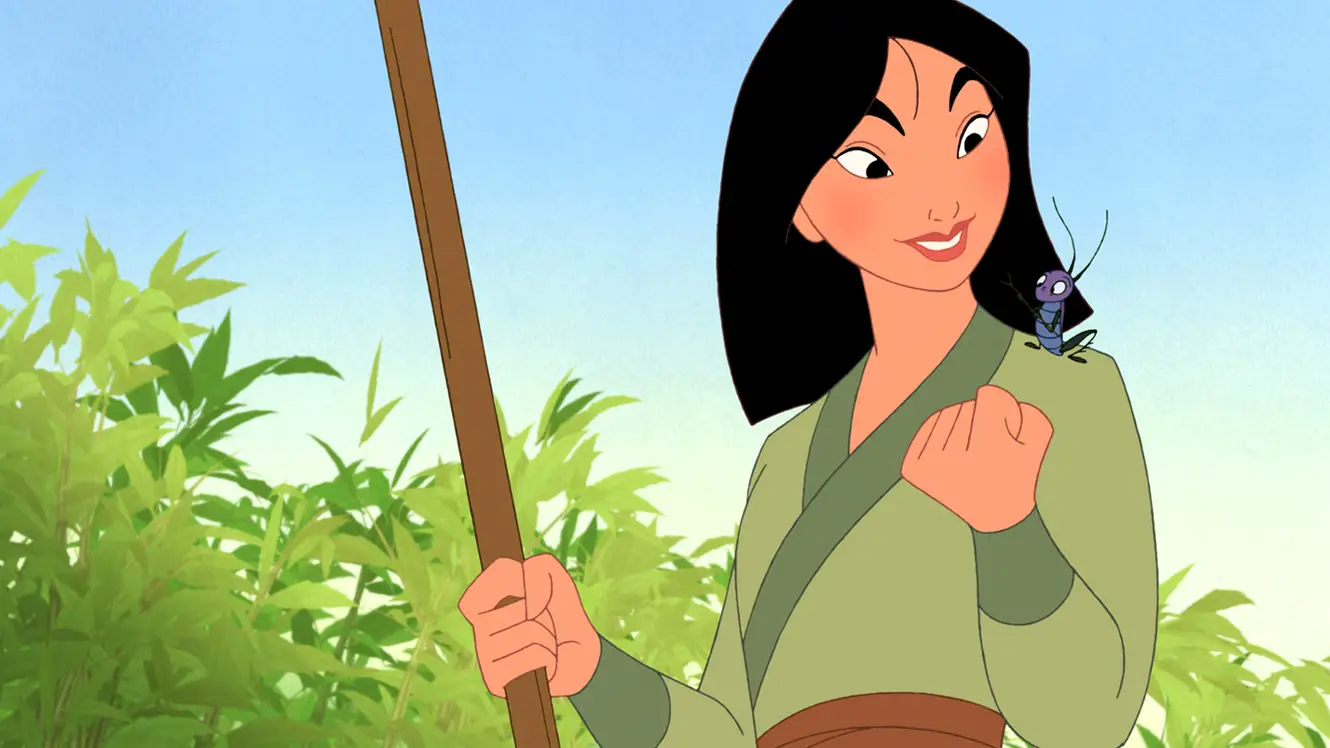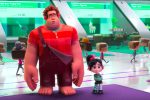It’s time to think, my friends, time to harken back to that period long before the world hardened your soul into the dry, empty husk that it is. It is time to reminisce, time to allow that inner child you keep hidden from the harsh realities of this world to come out, finger guns blazing, that glorious blanket-cape flapping victoriously in the breeze.
It’s Disney time.
We all remember sitting in front of a screen of some sort, gazing in rapture at the carefully marketed, painstakingly cultivated magic that is the Disney machine.
I would wager that most of us could even name a favorite Disney movie right now if we chose to. This is because, for all its evil and money-grubbing and pandering, Walt Disney studios has America’s childhood by the short and curlies, and they know it.
Oh, yes, Disney is very much aware of the inestimable power it wields, and has no qualms about exploiting our collective nostalgia. For a while, this exploitation was limited mainly to memorabilia and short films here and there to supplement the preparation time between each major theatrical release.
But then, sometime in the mid-90’s, the Dark Lord Satan decided that the time was ripe for a whole slew of Disney sequels, and called upon all the powers of hell to bring the world a collection of terrible, terrible nostalgic rip-offs—oops, I mean sequels.
“But, Fin,” I hear you say, “surely they can’t be that bad…”
First of all, yes. Yes, they can.
Secondly, let’s take a look at why they are. Below are a few examples from this dark, dark period in our nation’s history, so that we may learn from it and never go back to this kind of terror again. These are by no means the absolute worst of the worst, but they do make for an easy analysis when one is seeking the truth behind the horror of the 90’s Sequel Attacks.
1. “Return of Jafar”
Little hint for the future: If Disney studios thinks that a movie isn’t worth a theatrical release, you should probably just steer clear of it altogether. I’m just saying.
Return of Jafar is the first sequel to Disney’s Aladdin, and (spoiler alert) documents the return of the former royal vizier, Jafar, and his subsequent revenge upon those who dared to trap him in the first place.
Now, this sounds like it could make a pretty good movie, right? I mean, you’ve got an all-powerful character out for revenge, a young man and woman on the edge of marriage and trying to figure out their places in the world, a monarch learning to rule without the man who had guided and advised him for years, whether for good or bad. There is so much potential here, that it’s actually kind of depressing. So much could have gone right.
So what happened?
Well, first off, the animation is terrible. The characters look like hyperbolized versions of themselves, the colors are dull, the lighting in general is dark and depressing, and the movement is awkward, like the characters forgot their oil tins that morning. It’s immediately clear to even the most casual of observers that the level of love and care that went into each frame of the original is conspicuously absent from the sequel.
And then there’s the fact that this movie isn’t even about Aladdin. What, you thought that Aladdin’s name at the top of the DVD cover meant that the movie would be about him and his struggle against the returned Jafar? Well, you’re an idiot.
Actually, this movie centers around Iago’s character arch from fasting-talking bad guy to fast-talking good guy. The idea is interesting enough, for all that it’s phenomenally false advertising, and I’d be cool with this if it didn’t mean that I had to sit through two major musical numbers starring the silky tones of one Gilbert Godfrey.
Yes, Iago sings in this movie. Be afraid, my pets. Be very afraid.
Also: One does not simply replace Robin Williams and expect things to continue to work out nicely. This holds particularly true if the replacement voice actor is the same guy who voices Homer friggin Simpson.
And really, therein lies the crux of the problems with this movie. It tries to cash in on the magic of the original by doing a lot of the same things, except without the talent, effort or love that went into the making of the original. And it shows, ladies and gentlemen. It really shows.
“But Fin,” I hear you cry, “surely that was just a fluke!” Well, maybe you’re right, gentle reader. Let’s look at another mid-90’s sequel.
2. “The Hunchback of Notre Dame II”
The film follows the adventures of the original main character, the Hunchback, and chronicles Quasimodo’s new life in Paris as a fully integrated member of the community.
But, as Disney knows, we don’t want to see his emotional struggles with learning to cope with an outside world he once dreamed of while being locked away for 21 years of his life. No, we want to see Quasi get a girlfriend. Of course!
Remember how in the first movie, we saw that Pheobus was kind and open-minded, that he genuinely cared about everyone he was charged with protecting, even the gypsies during a time in which tradition said to revile and exterminate them? Well, Uncle Disney knows how much you hated that, so instead, let’s have Phoebus be racist and judgmental against the carnies who just rolled into town. That’ll make him much more lovable.
This movie is heinous.
The huge, intricately designed landscapes of the original are replaced by flat, dull cardboard cutout backdrops. The thousands of individually designed characters in the crowds of Paris are gone, replaced by maybe twenty or so clones that skip around the dull, humorless Paris landscape and kiss/smile maniacally whenever it serves the plot, or simply leave the city vacant when it doesn’t.
The main love interest, Madellaine, is so generic and bland that we could have cast Plank from Ed, Edd and Eddy and gotten the same level of chemistry in this romance. The villain is one-note, with that note being impressively vain and breathtakingly annoying. In the original, the main villain, Judge Claude Frollo was complex and compelling. In the sequel, the main villain, Sarousch, is basically what you’d get if Narcissus ever decided to take up a life of crime, except the results aren’t nearly as entertaining.
Effort, people. You have to put in effort.
Apparently, the 90’s didn’t get that memo, but maybe there’s hope for the 2000’s. Maybe Disney will finally clue into the fact that effort and care are always going to be a requirement in moviemaking.
3. “Mulan II”
The original “Mulan” was a huge movie, with beautiful and intricately designed landscapes based on the old Chinese paintings we see from the period the movie is based in. The characters are fun, well-rounded, and well-designed to fit their personalities.
Each frame was lovingly worked, each drape of fabric carefully placed, each curl of smoke painstakingly curved. I’m not ashamed to say that Mulan is my favorite of the Disney movies behind “The Hunchback of Notre Dame.” There is just so much joy poured into every minute of it.
Which is why the sequel makes me want to shoot something.
First of all, the voice of Mushu the Dragon is not done by Eddie Murphy. It’s the same thing they tried to do with Robin Williams as the genie in “Aladdin”; you can’t just send in a sound-alike and expect the same results. There’s a reason why the original characters had the magic they did. You can’t just duplicate it with another actor. Also: why the flip flying f*** is Mushu suddenly a bad guy?
In the original, Mushu was vain, yes, but he wasn’t malicious, and he did everything he could to protect Mulan and make sure she was happy. Here, he’s just mean. Yes, he makes a turnaround in the end, but that doesn’t change the fact that he has become a mean-spirited, self-centered, self-righteous pig. And, you know what? That might have been cool with me if they had shown me the arch. But no, he just starts out the movie as a pretentious jerk with no explanation whatsoever.
It makes me angry that Disney managed to ruin one of my favorite characters from any movie, ever, but that is nothing, nothing compared to the veritable castration they gave General Li Shang.
In the original, Shang was strong and introverted. Canonically, he was very, very young to have received a captaincy, and he was given the rank by his father, the general. Throughout the film, not only was he having to train men older and more experienced than himself, he was having to do it in front of the Emperor’s sole representative, Chi Fu, who resisted him every step of the way. At the end, Shang proved to the audience that, not only was he an intelligent, competent, confident leader, he was also fair, open-minded and willing to learn.
I’m so glad that none of that made it into the sequel.
“Mulan II” starts out with Mulan working in the fields with the other young girls of the village (side-note: I guess history just forgot about that small feminist uprising in feudal China). Shang then comes along and proposes (which I totally support; I ship them like the Argo). So far, so good.
And then he starts talking.
From the very beginning, Shang is so much more…how to put this…
He’s a bit…emotional.
The “Sun-Tzu,” the “Wei Liao-Tzu” and the “Ssu-ma” (books on the Chinese art of war) all say that a proper leader must divorce himself from strong emotion, that he must be clear-headed and rational, that he must not let his personal problems have any say in his decisions as a commander. In the first movie, Shang ascribes to this doctrine like champ. In the sequel, he…doesn’t.
Shang and Mulan get sent on a quest to bring the Emperor’s three daughters to Ki Gong, and Shang spends the entire trip whining and moaning and acting in a generally undignified manner. He yells at Ling, Yao and Chien Po often, yells at Mulan even more, talks about his feelings, pouts, sneers, and stamps like a two-year-old. Oh, yes, the stoic dignified warrior we all grew to love!
Why, Disney? Just… Why?
With all three of these movies, the problem is the same. There is no effort put into these projects, whatsoever. The love and care of the original are replaced with cheap gimmicks and even cheaper animation. Watching these three, I can’t help but wonder if the creative teams even watched the original movies at all.
I’m not saying that you should never make a sequel to a good movie. History has shown us that it can be done, but you have to put in the love and the time to make these movies work. Disney had to learn the hard way that when it comes to movies, it’s not about the quantity of the products. It’s about the quality of the production.













